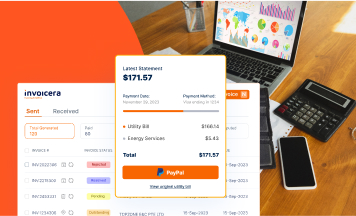According to the National Fraud Intelligence Bureau, invoice hijacking is hitting the news and has been the real weapon of their attack. The scam involves corresponding interception between the two parties who have an existing contractual relationship and target for services that have actually rendered. One particularly sophisticated example involves conveyance transactions. The fraudster provided the details to which the client sent the remaining deposits. This type of fraud is very common and any organization that pays invoices is vulnerable to it.
To minimize the risk of business becoming a victim of it, follow the steps:
Invoice hijacking measures different interception of legitimate invoices and other funds transfer requests, replacement with an identical one, bank details of the fraudster rather than your client account.
The rate of fraudsters has increased over the last 18 months or so, several million pounds from the solicitor’s clients in this period. The experiences turn out to be significant deterioration in client relations, often a battle to receive payment legitimately due.
DONT’S
- Include the firm’s bank details in the body of an email
- Send invoices or documents certainly as a part of MS Documents
The fake invoice scam is largely targeting small businesses on the rise. The offenders get access to the company’s computer system when an employee clicks on the link in an email or just by taking advantage of the inadequate anti-virus software. The offenders mask themselves to send new bank detail information and an invoice for payment. It is important to be in controlled vigilant when online and use only those websites that offers buyer protection.
RECOMMENDATIONS:
Opt for the scalable solution that supports client vendor panels to access relevant documents including invoices. The online invoice software like Invoicera makes it very clear for the clients to optimize the business operations with abundant results. The utmost security can be witnessed with the reliable invoicing solutions.










